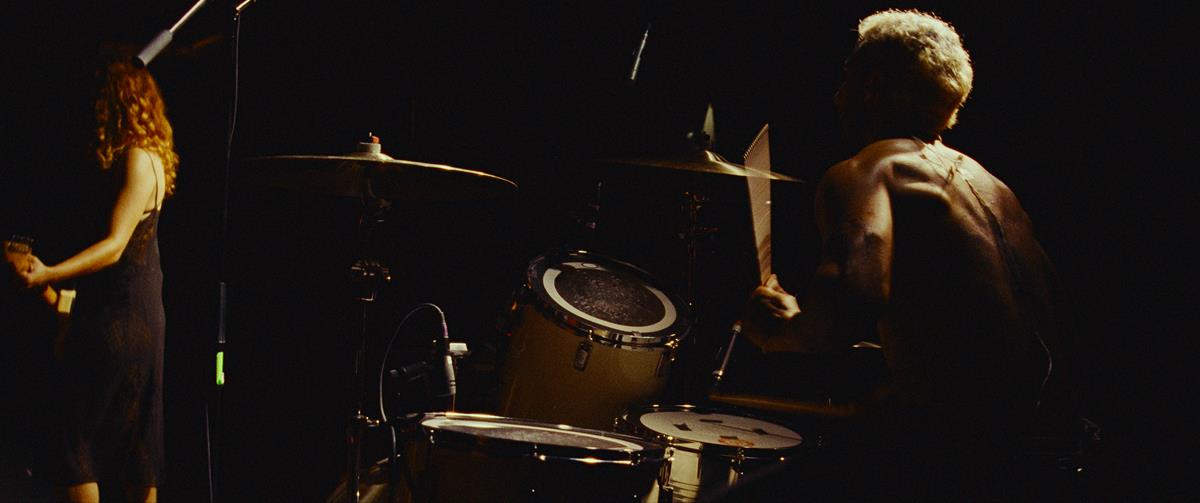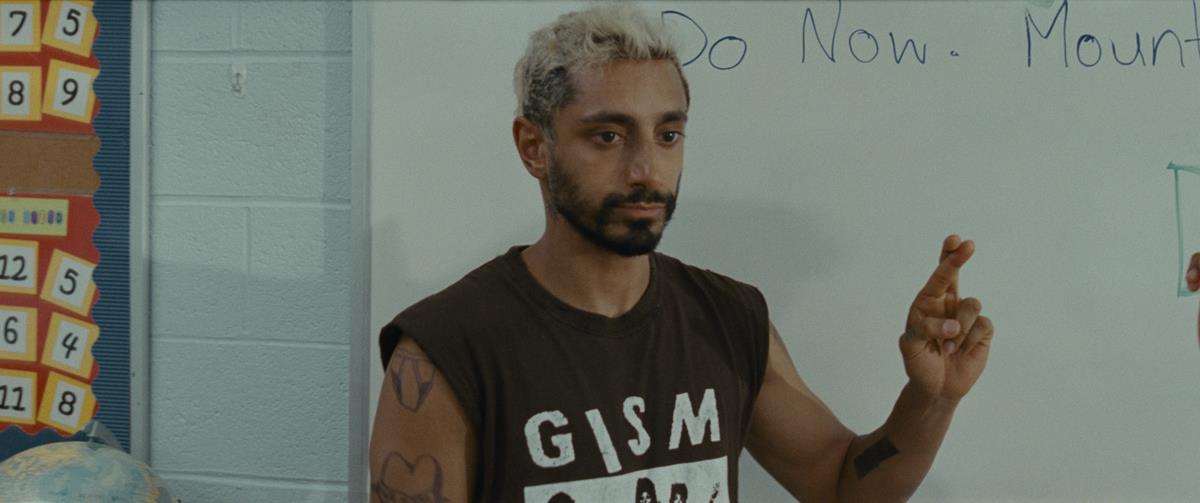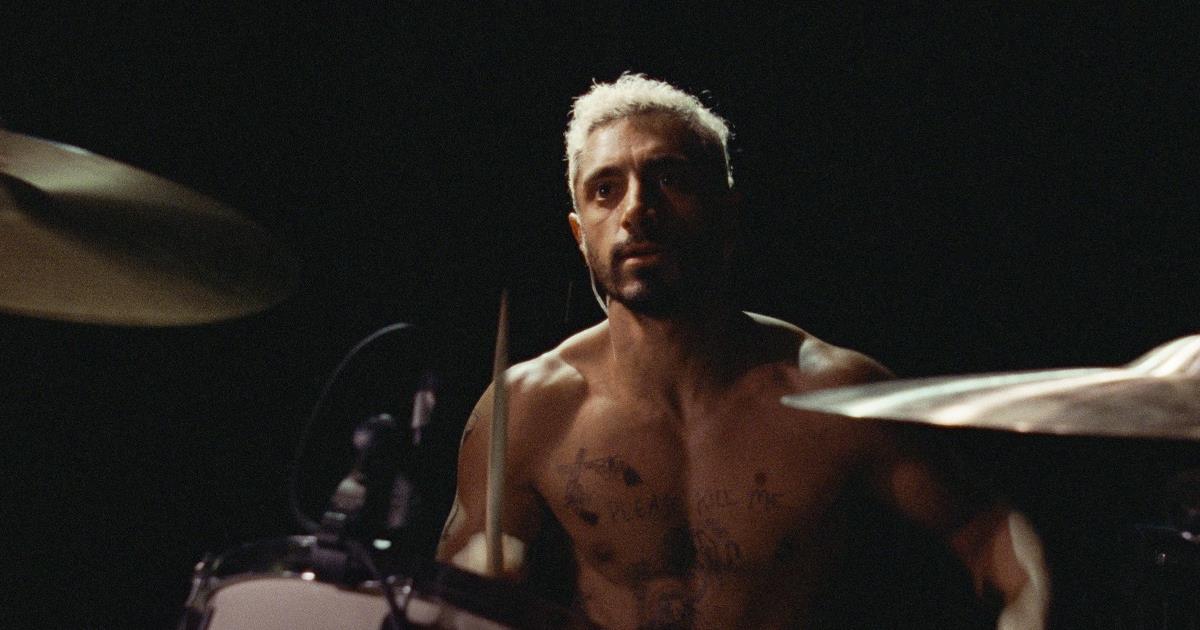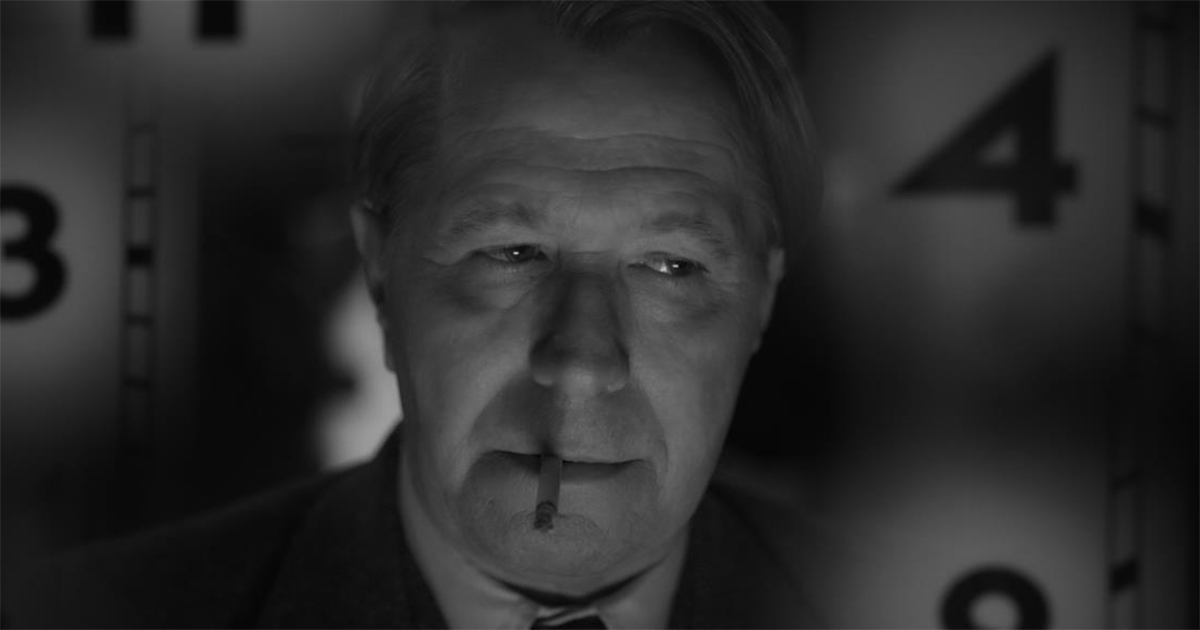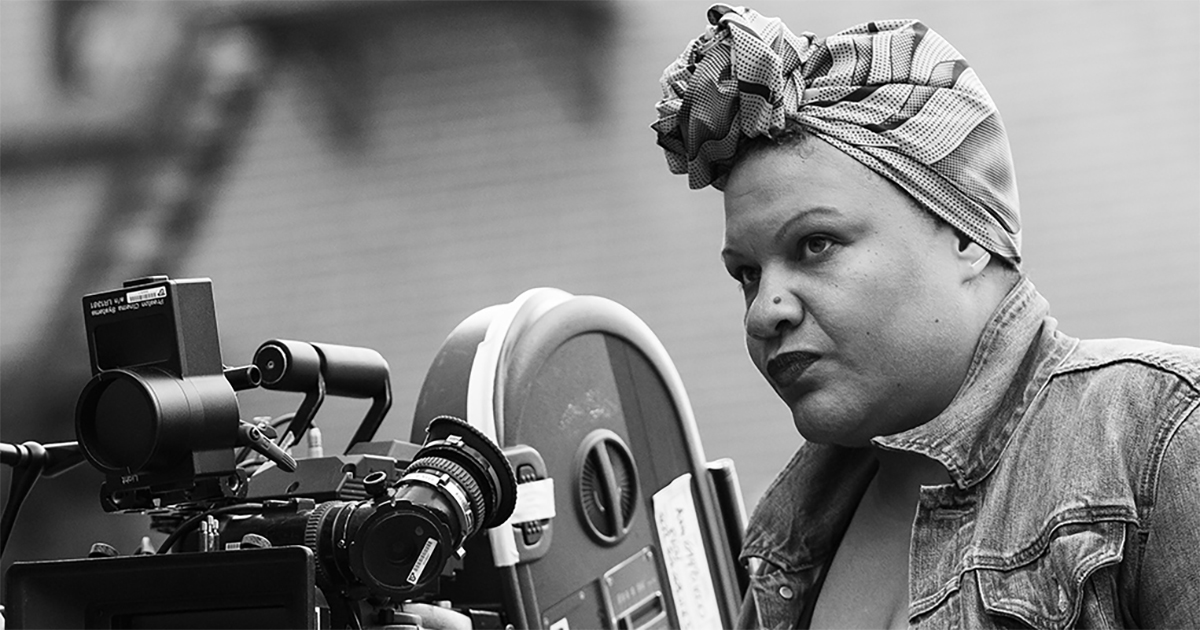Racking up accolades including multiple BAFTA and Oscar nominations and a recent Critics Choice Award for Best Editing, Sound of Metal is a true marriage of craft. The film, directed and co-written by Darius Marder, and currently streaming on Amazon Prime Video, follows heavy metal drummer Ruben (Riz Ahmed), whose world begins to unravel as he loses his hearing.
The cacophonous, experiential Sound of Metal is a sonic and visual journey told from Ruben’s point of view, with closed captioning throughout. The immersive, documentary-like film features daring and innovative sound design conceived by Marder and executed by acclaimed sound designer Nicolas Becker (Gravity).
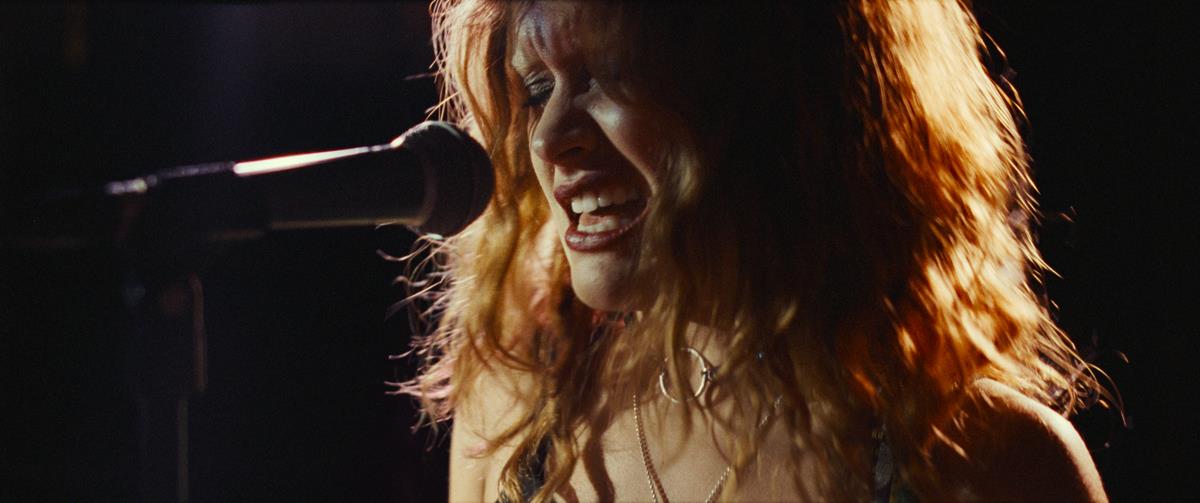
“I believe that the various disciplines in film should communicate and work together,” Marder says of the collaboration. “Normally the editing of picture is separate from the editing of sound, which is usually part of post-production. The sound recorded while shooting is manipulated in the mix later. Nicolas and I had deep and intense conversations about integrating the sound and picture edits well before shooting began.”
Marder’s plan was to work simultaneously with the sound mixers and film editor Mikkel E.G. Nielsen (A Royal Affair, Beasts of No Nation), with input from both Becker and Abraham Marder. “From my point of view, it was the only way this film would work,” he explains. “The merging of disciplines had to be constant and never-ending. It was truly next-level, not just because of the bells and whistles we were able to come up with, but in the techniques we used.”
“Marder worked with Copenhagen-based film editor Mikkel E.G. Nielsen and Paris-based sound designer Nicolas Becker to allow viewers to flit in and out of Ruben’s head, using both diegetic sound and omniscient sound as the character loses his hearing and frantically searches for ways to restore it,” Piya Sinha-Roy writes in Vanity Fair.
“The interesting thing was to make this emotional journey with Ruben and see everything with him,” Nielsen told Sinha-Roy. “Basically, we’re never ahead of him. He’s experiencing the exact same things as we are, which is probably why you relate to him as a character.”
READ MORE: Inside Sound of Metal’s Immersive World of Silence (Vanity Fair)
In an interview with J. Don Birnam for Below-the-Line, Nielsen said he assembled an early cut of the film from his home in Copenhagen. “I had a three hours and forty-minute pass at the material, which I showed to Darius,” he recounted. “After that we worked on the structure, then we worked on finding the characters. Every pass is to find new things little by little. What do we want to the people to know about these characters?”
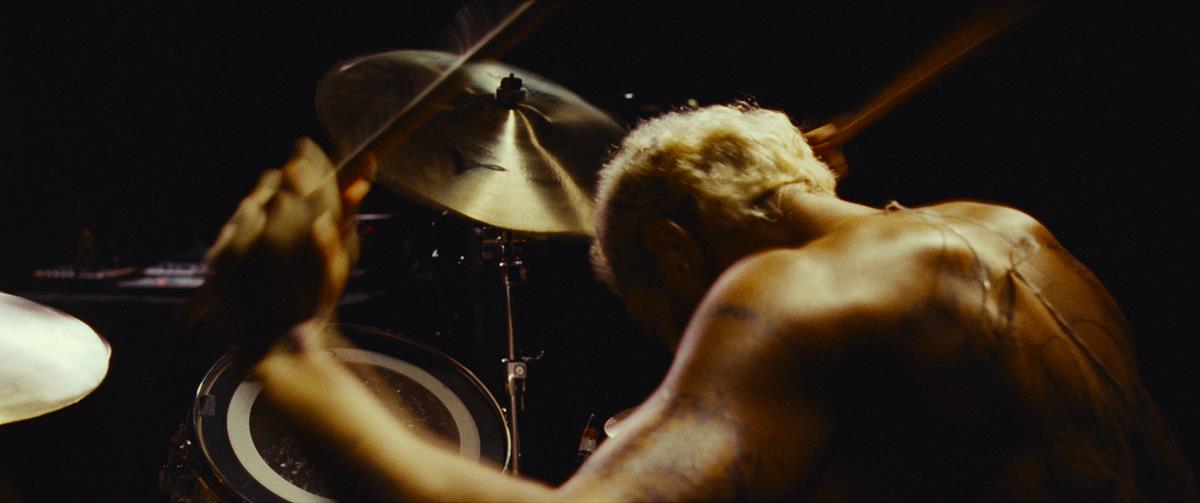
Cracking the film’s overall structure was an evolving process, Nielsen explained to Birnam:
“Somewhat late in the process we found that the key to everything was going to be the opening scene. Do we want to see Lou [Ruben’s girlfriend, played by Olivia Cooke] just in bed and he is making a meal for her? It would have made her seem unimportant. We realized it was critical to portray them as equals, and so the opening scene where they are performing as a band is critical to put the audience in the mindset of ‘these are two equals.’ So now you know them instantly when you go into the film. You have two characters that are lovers, they are codependent, and they are band members. How do you tell these things? Starting with the concert, her as the lead, him as the drummer creating the beat, and then waking her up and being tender. Now you now the status of how they work as a couple, and then everything goes very fast because he quickly loses his hearing.”
READ MORE: Sound of Metal Editor Mikkel E.G. Nielsen on Creating an Immersive Audience Experience (Below-the-Line)
Nielsen discussed his approach to editing films in an interview with Steve Hullfish for the Art of the Cut podcast. “The way I work is that I screen footage for the first two or three weeks — just screen footage and select and mark it and put it after each other,” he said. “Then after a couple of weeks, I kind of find the material’s rhythm and the character’s rhythm. You understand how the DP breathes with the director. Every film has its own rhythm. Then it’s easy suddenly to do a first pass.”
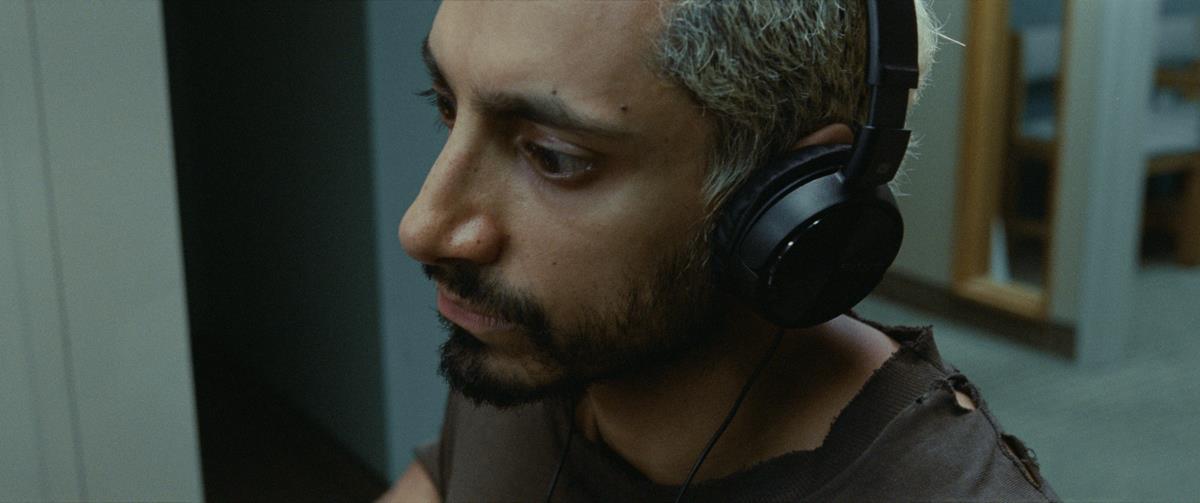
Rather than the climactic concert scene that begins Sound of Metal, Marder had initially planned for the film to open on the couple waking up together inside their Airstream trailer, Nielsen told Hullfish:
“The opening scene was actually after the concert — the Airstream. Ruben wakes up in the Airstream. Then there would be a lot of technical stuff. Ruben would wake up Lou and she would talk about music. It was to help you find the relationship. But it was difficult to understand: Are they equal? What level are they are? We had a scene with a leaf blower out in the front that would somehow irritate him and he went out aggressively and shouted at the guy with the leaf blower, which reads right and it looks right and sounds right, but it’s about awakening the senses.”
Moving the concert scene to the beginning of the film allowed the audience to see that Ruben and Lou functioned as equals, Nielsen observed. “They’re equal. She was the singer. He was the drummer. They’re the band. They’re a unit,” he says:
“The way he wakes her up and makes her a smoothie. He wakes her up very pleasantly — very nice. Then they start dancing. Then they go on tour in a montage until you get to a concert and then suddenly he loses his hearing which was very appealing because it was doing all the right things up to that point where you suddenly know Ruben.
“It’s not so much about the things you are seeing, it’s about who are they as people. And you also like Lou a lot.”
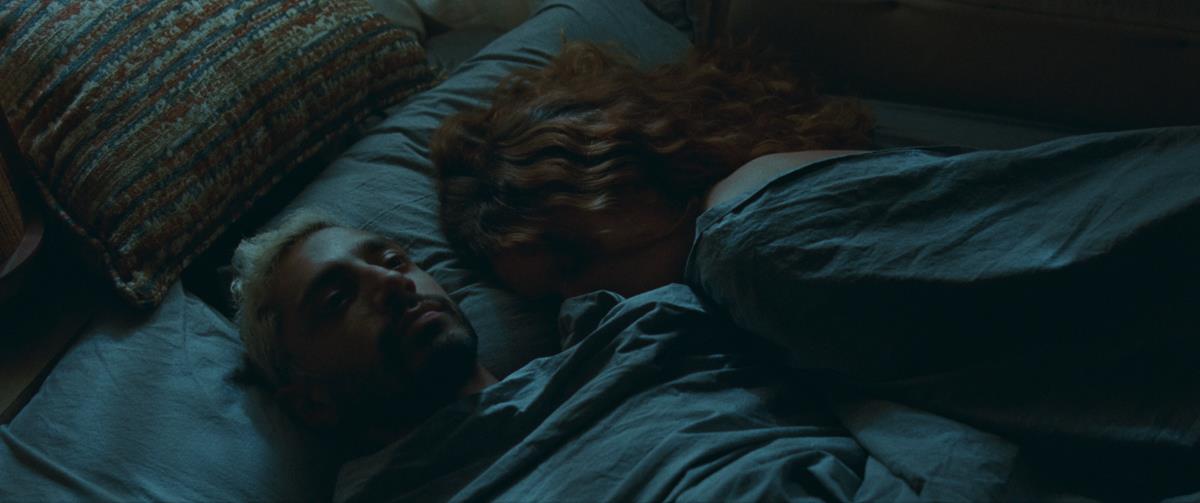
The editing process allows filmmakers to explore a range of storytelling options, according to Nielsen:
“There’s no right or wrong in the editing room. Any stupid idea is allowed — at least it should be allowed and it should be a safe area. It should be a safe area for the director, for me, for the producer, for the actor, for anyone to say what if we did it like this and they would say, ‘It’s terrible. Look, it’s completely wrong.’ Yes, but at least then we know that this path doesn’t work.”
READ MORE: Award-winning editor Mikkel E.G. Nielsen on editing “Sound of Metal” (Art of the Cut)
Shuffling scenes is fairly standard in film editing, Nielsen acknowledges in an interview with Nathaniel R for The Film Experience. “You do that a lot,” he says. “It’s one thing is to read a book and you visualize everything yourself, but when you see a film it’s told by [the succession of] images, the way characters look at each other. You don’t say ‘love’ but you see a kiss. We basically just transformed the script with the actors when they added something. And then you have to find the balance, because how should the audience experience it?”
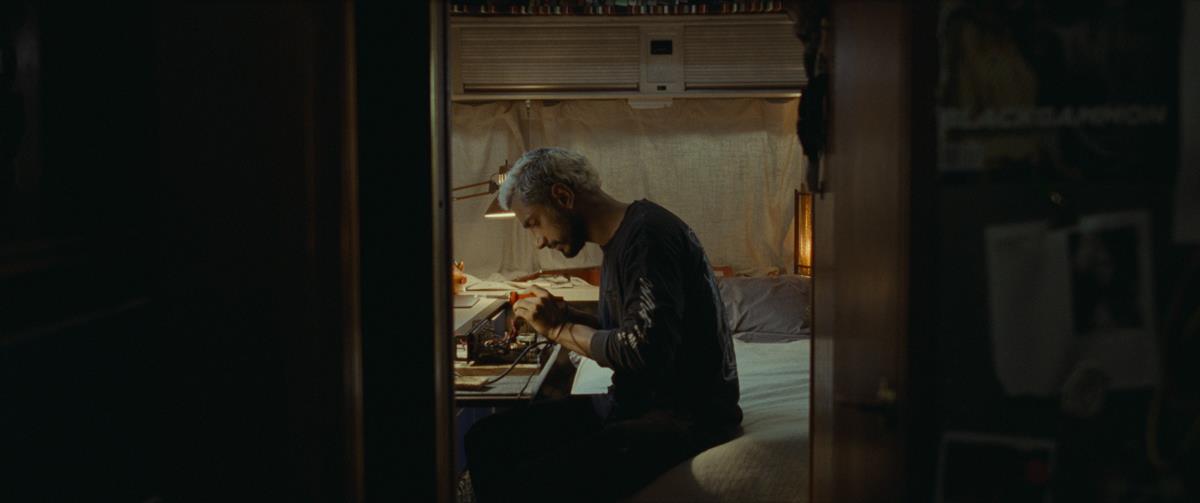
Working with people from all around the world was “super interesting and rewarding,” Nielsen says. “Nicolas who did the sound on this film is French. I edited in Copenhagen. Darius is in New York and would come here but we also mixed in Mexico and the film was shot in Boston. We used the world to create this and Darius found all of these specific people to make it happen.”
READ MORE: BAFTA nominee Mikkel E.G. Nielsen on finding the balance and structure of “Sound of Metal” (The Film Experience)
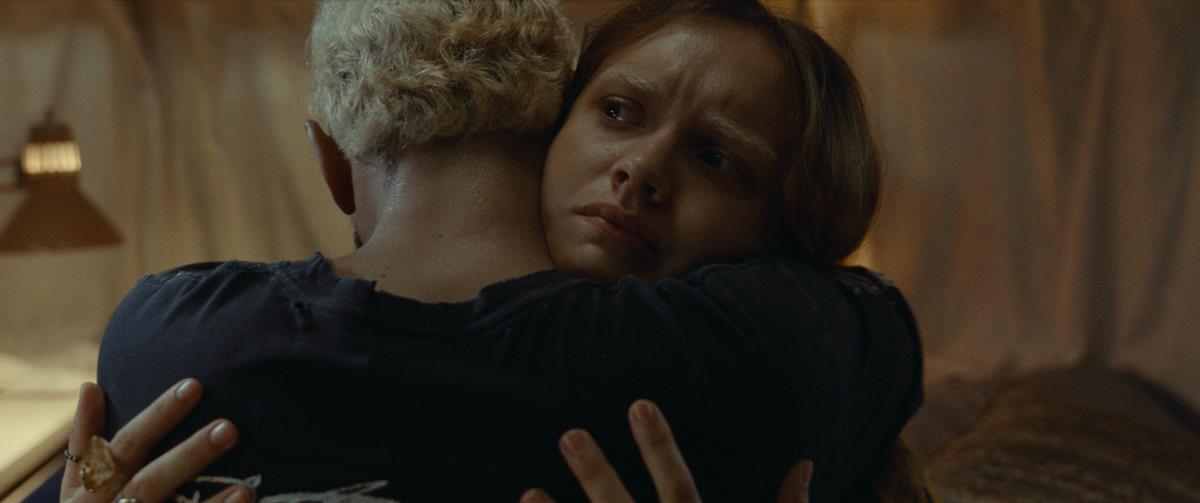
Sound of Metal combines “a subjective use of the camera with the sound of what Ruben is actually hearing in that moment,” to help orient the audience’s understanding of what the drummer is experiencing, Chris O’Falt writes in IndieWire.
“I wanted to use a language of perspective that I had never seen before,” Marder told O’Falt. “When we think of point of view we think of visuals, not sound. Some films have thrown you into perspective through sound, but they are usually short moments and oftentimes they don’t relate to the image you are seeing.”
As an example, O’Falt points to a sequence in the film where Ruben visits a pharmacy and struggles to speak with a pharmacist:
“To ground us in Ruben’s sudden hearing loss, Marder uses a shot to signify that we are now in Ruben’s perspective (see top photo, below). At the same time, he uses muffled and muted sounds, like being underwater.
“The film then cuts to a wider shot (see bottom photo, below), which tells the viewer we’ve exited Ruben’s perspective. Simultaneously, the sound design cuts to that of the hearing world and the pharmacist’s voice becomes audible and clear.”
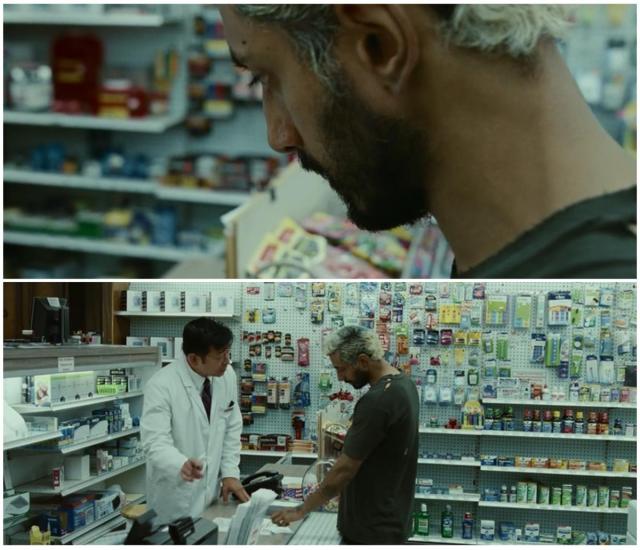
READ MORE: Why the ‘Sound of Metal’ Sound Design Is So Effective (IndieWire)
During production, Ahmed wore a set of specially designed earpieces inside his ears, Marder detailed in an interview with Caleb Hammond for Movie Maker Magazine. Rather than blocking sound, the earpieces emitted a white noise that prevented Ahmed from hearing his own voice, sending him “into a place of lack of control,” Marder said:
“That was a real test, in the audiologist office sequence where Ruben is doing a sound test to see where his hearing was. Riz had those hearing things in, and I had control of them on my phone. Everything Riz said, everything he could and couldn’t hear, was real. It wasn’t faked, just like the music in the beginning of the movie was real. It kind of dared the actors and the world to be real, and we’d live and die with that. After we did that intense shoot in the office, Nicolas spent a good amount of time in that booth with Riz, mic’ing his eyelids and down his throat, really getting into the minutiae of that moment with Riz’s literal, physical inner body. Coming back to that chamber that we discovered in France, in a vacuum we go within.”
READ MORE: How Sound of Metal Director Darius Marder and Sound Supervisor Nicolas Becker Captured the Pain of a Metal Musician Going Deaf (Movie Maker Magazine)
Nielsen delves further into the making of the film with Matt Feury on The Rough Cut podcast. In the episode, Nielsen discusses creating a visual and auditory language for a film, manipulating sound to awaken the senses of the audience, and waiting until late in production to start an assembly cut. Listen to the entire conversation in the player below:
Listen to Nielsen in discussion with Steve Hullfish on The Rough Cut podcast:
Want more on Sound of Metal? Nielsen and Becker discuss creating the film on the Art of the Guillotine podcast, including how to make a movie internationally when the entire crew is located in separate countries. You can also watch the “Headphones On: The Sound Design in Sound of Metal” featurette from Amazon Prime in the player below:
